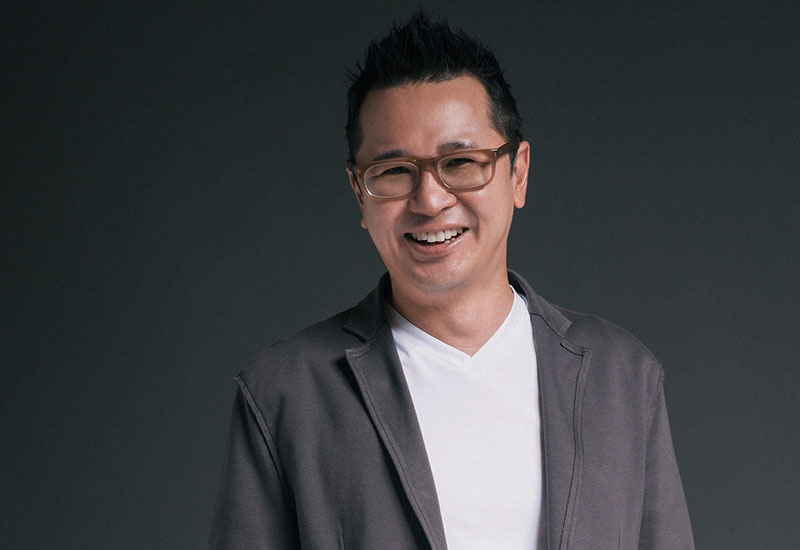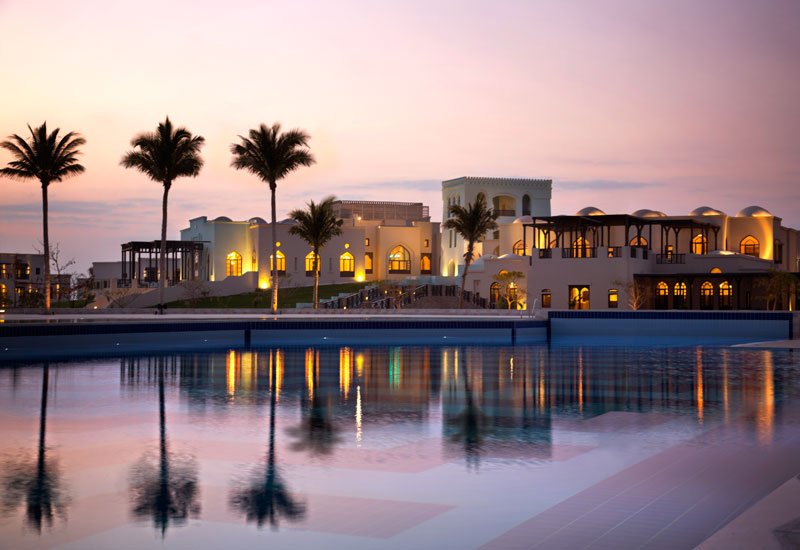Clint Nagata of Singapore-based design firm Blink Design Group talks to Hotelier about his interior design for the new Alila Salalah, and being inspired by the Omani Khareef
The region’s next Alila Hotels & Resorts property, to be based in Oman, is scheduled to open in the second half of 2017 in Mirbat east of Salalah, a coastal town in the Dhofar governate in the southwest.
The Mirbat property is home to a surprising microclimate in the Arabian Peninsula, an area most famed for its heat. From July to September, it experiences a wet season, called the Khareef, when the desert is drenched in torrential rain, transforming it into lush greenery.

| Advertisement |
Clint Nagata, founder and senior creative director at Blink says the Khareef phenomenon will be referenced throughout the interior design of Alila Salalah, with a monumental structural feel, exaggerated scales, and a strong dialogue between the interiors and the landscape architecture.
“Salalah is one of a few places in the region that has such a climatic condition. Our interiors are subtly inspired by the colours and patterns of the tropical plants,” he explains.
The group’s first property in the region was Alila Jabal Akhdar, which opened last year in the Al Hajar mountain range of Oman and incorporates the surroundings into its design — down to minute details such as the mountain rocks being part of the structure and décor. Alila Hotels & Resorts focuses on each location’s specific features and tries to incorporate that into the design.
It also has an eco-friendly, sustainable ethos, purchasing local produce and participating in the Earthcheck operating standards programme.
“Most people believe that sustainability pertains only to architecture,” says Nagata.
“However, a hotel’s sustainability also relates to the interior design. For this project, as we do for all of our projects, we chose to source locally.
“This reduces our carbon footprint while also helping to create a design that fits into its context. Also, since Salalah is in a sub-tropical environment, we have designed the buildings to encourage natural ventilation.”
Article continues on next page ...










 Search our database of more than 2,700 industry companies
Search our database of more than 2,700 industry companies









